
Seven big challenges for tomorrow’s leaders
[ad_1]
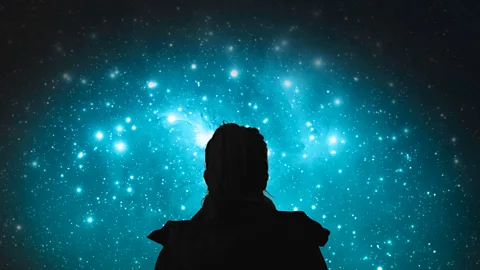 Getty Images
Getty ImagesThese are the biggest issues that will impact our future. We’ll introduce you to the young people ready to tackle them.
 Getty Images
Getty ImagesLast year we rounded up remarkable entrepreneurs and inventors under 20 and explored their solutions to 21st Century challenges. A landmine-sniffing drone, a sewage-slurping straw, a space junk tracker, and an app that stops cyberbullying were just a few of their big ideas.
Now, we’re raising the bar. We asked industry leaders and global experts at the top of their fields to identify the areas in greatest need of innovation for the decades ahead. Their perspectives informed our search for the graduates of the Bright Sparks faculty.
Over the coming months we’ll showcase the next generation of thinkers and doers poised to shape the world. Hailing from every corner of the world, members of this year’s under-30 group are united by their mission: to address the problems of today with innovative techniques, all in the name of creating a better tomorrow.
Next, you’ll find a handful of themes pointed to by our rolodex of innovation experts as the most important to watch in the years to come.
 Getty Images
Getty ImagesIn 2050, more than half of the world’s population of 10 billion will reside in just 10 countries, four of which are currently classified by the UN as ‘least developed’. As rural populations relocate to cities, the necessity of creating jobs and maintaining urban services will become even more pressing.
Transport systems and housing are two of the areas ripest for advancement in the cities of the future. Innovation in this area will mean investing in the business of creating space, cleanliness and mobility.
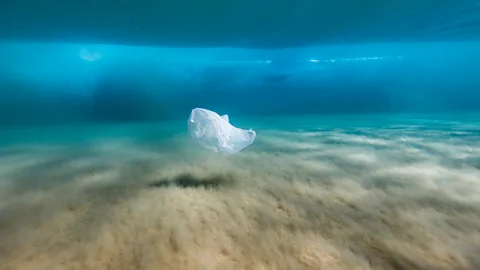 Getty Images
Getty ImagesOut with the old, in with the natural.
As airborne particulate matter and microplastics saturate our air and oceans, the quest is on to shift toward cleaner alternatives. Phasing out harmful materials and energy sources is becoming increasingly possible, thanks in large part to creative, bio-focused substitutes.
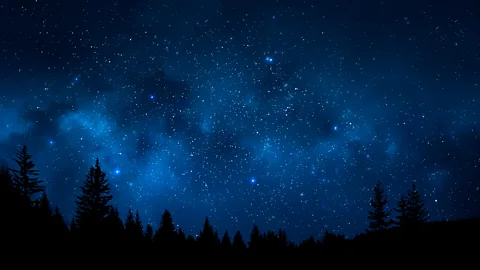 Getty Images
Getty ImagesWe’re living in the new space age.
With the looming prospects of space tourism and lunar colonisation, the final frontier has never been more accessible. Top space agencies around the world are embarking on their most ambitious missions to date, and humanity at large is waiting for its turn.
Our inevitable leap into the great beyond is inspiring new questions: how do we build settlements on distant celestial bodies? Will we treat space as a democracy? What kind of culture will the first non-Earthlings develop?
 Getty Images
Getty ImagesProgress is gradual in the world of “greentech”, especially when considering the speed at which the world its seeking to save is changing. Innovators in this sector are racing against a different kind of clock, one that affects the entire natural world.
Clean innovation isn’t always about radical new technology. The best solutions often come from transforming existing practices, making them more efficient and viable in different regions. Sometimes, by looking at the problem a different way, the key can even be found in the grand design of nature itself.
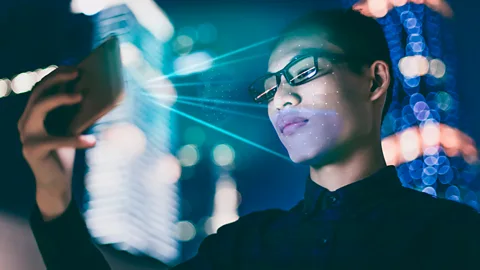 Getty Images
Getty ImagesWhether it’s used as a tool for efficiency or as a replacement for our very presence, there’s no stopping the inevitable rise of AI.
The better the AI, the better it is at adapting. More sophisticated prediction algorithms mean higher certainty when it comes to decisions and suggestions. It can also mean more accurate personalisation when it comes to our individual preferences and needs. Translate this idea across the entire ecosystem of business, education and experience, and you’ll start to understand the scope of the world’s newest technological era.
 Getty Images
Getty ImagesDespite progress on increasing diversity and reducing inequality, deep divides persist in the workplace, in media representation and in leadership around the world. Aside from new inclusive policies and practices from those in power, significant headway is being made by smaller players on the ground floor.
Two of the 17 spots on the UN’s list of Sustainable Development Goals for 2030 are occupied by incentives that focus on balancing the scales. They describe equality as “not only a fundamental human right, but a necessary foundation for a peaceful, prosperous and sustainable world”.
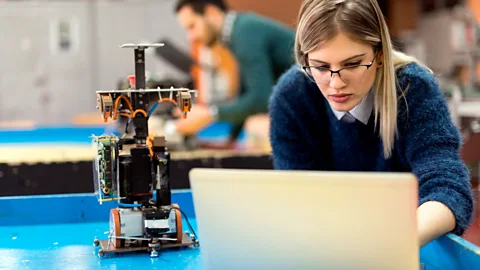 Getty Images
Getty ImagesWith a rapidly changing world comes a rapidly changing workforce.
Employers are rolling out the red carpet for “Gen Z” as it enters the playing field with a fresh, technology-savvy outlook. Meanwhile, the breakneck pace of AI and automation is forcing some earlier generations to consider a new path. Experts say 65% of students starting primary school today will eventually work in jobs that are about to die out.
The opportunity that we’re presented with now involves ditching the traditional employment model in exchange for something different: creating business strategies that utilise untapped potential and rethink what it means to have a successful career.
[ad_2]
Source link





